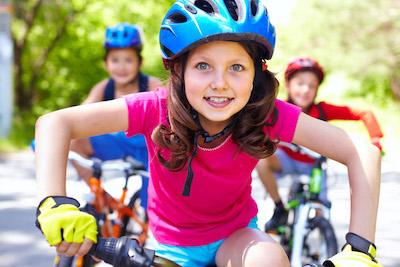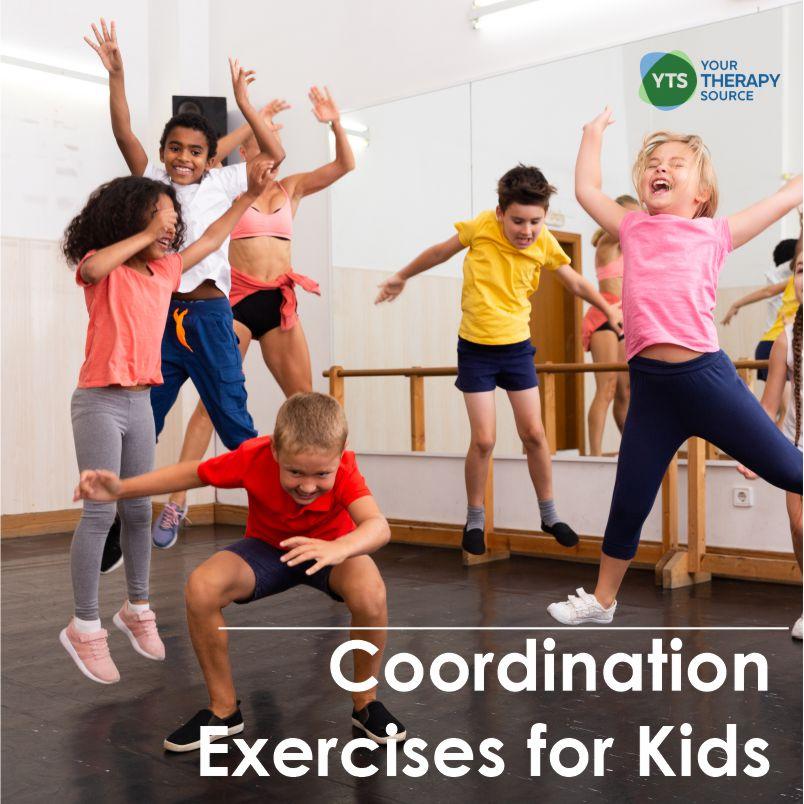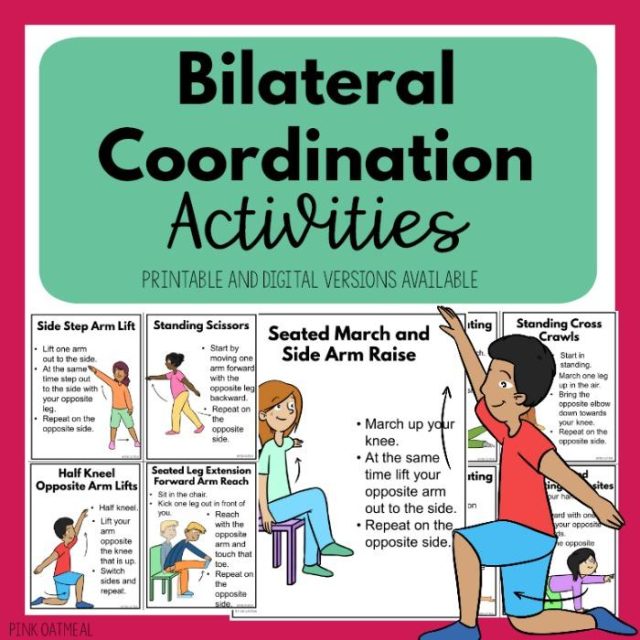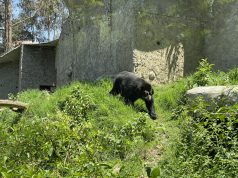In today’s fast-paced world, where screens often captivate our children’s attention, fostering physical development is more crucial than ever. Coordination, a fundamental aspect of a child’s growth, plays a vital role in everything from tying shoelaces to playing sports. As parents and caregivers, we strive to nurture well-rounded individuals, and enhancing coordination can significantly contribute to a child’s confidence and overall well-being. In this article, we will explore a range of engaging and effective exercises designed to improve kids’ coordination. Whether your child is an aspiring athlete or simply enjoys active play, these activities are tailored to support their unique developmental journey. Let’s embark on this path together, with empathy and understanding, to help our children thrive both physically and mentally.
Understanding the Importance of Coordination in Child Development
Developing coordination in children is essential for their overall growth, influencing both their physical abilities and cognitive skills. It’s more than just physical movement; coordination helps in shaping how they interact with the world around them. Through engaging exercises, children can enhance their motor skills, balance, and spatial awareness, which are crucial for tasks ranging from playing sports to simple daily activities.
Here are some effective exercises to help boost coordination in kids:
- Obstacle Courses: Setting up a simple obstacle course using household items encourages children to navigate through different movements, enhancing their agility and problem-solving skills.
- Balance Games: Activities like walking on a balance beam or standing on one foot can significantly improve a child’s equilibrium and focus.
- Catch and Throw: Playing catch with a variety of ball sizes helps refine hand-eye coordination and timing.
These activities not only improve coordination but also offer a fun way for children to stay active and engaged. Regular practice can lead to significant improvements in their physical and mental development, providing them with the tools they need to succeed in various aspects of life.
| Exercise | Benefits |
|---|---|
| Jump Rope | Enhances rhythm and cardiovascular health |
| Simon Says | Improves listening skills and body control |
| Yoga for Kids | Boosts flexibility and concentration |

Fun and Engaging Activities to Boost Coordination Skills
- Obstacle Courses: Create a fun obstacle course in your backyard or living room using pillows, chairs, and other household items. Encourage your child to crawl under tables, hop over cushions, and balance on one leg while walking along a line. This not only improves coordination but also enhances problem-solving skills as they navigate through the course.
- Ball Games: Playing catch or kicking a ball back and forth is a fantastic way to enhance hand-eye and foot-eye coordination. Use different sizes and types of balls to keep it interesting. For an added challenge, try using a balloon or a beach ball for a slower-paced game that requires more precise movements.
- Dance Parties: Put on your child’s favorite tunes and have a dance-off in the living room. Dancing is a superb way to improve coordination as it involves moving different parts of the body in rhythm with the music. Plus, it’s a great way to let loose and have fun together!
| Activity | Skills Developed |
|---|---|
| Obstacle Course | Problem-solving, Gross Motor Skills |
| Ball Games | Hand-eye Coordination, Teamwork |
| Dance Parties | Rhythm, Spatial Awareness |
Engaging children in these activities not only fosters physical development but also builds confidence as they master new skills. Remember, the key is to keep it light-hearted and fun, so they stay motivated and enjoy the process of learning through play.

Tailored Exercise Routines for Different Age Groups
Helping children develop coordination skills is crucial for their physical and cognitive growth. Coordination exercises not only improve motor skills but also boost confidence and concentration. Here are some engaging activities tailored for kids:
- Animal Walks: Encourage kids to mimic the movements of different animals. Walking like a bear, hopping like a frog, or slithering like a snake can be fun and challenging.
- Obstacle Courses: Set up a simple obstacle course using household items. Crawling under chairs, jumping over pillows, and balancing on a line of tape can enhance agility and coordination.
- Ball Games: Throwing and catching a ball can significantly improve hand-eye coordination. Start with larger balls and progress to smaller ones as skills improve.
| Age Group | Recommended Activity | Duration |
|---|---|---|
| 3-5 Years | Animal Walks | 10-15 mins |
| 6-8 Years | Obstacle Courses | 15-20 mins |
| 9-12 Years | Ball Games | 20-30 mins |
Incorporating these exercises into daily routines can make a big difference in a child’s development. Remember, the key is to keep activities fun and engaging to ensure they remain an enjoyable part of their day.

Expert Tips for Encouraging Consistent Practice and Progress
- Make it Fun: Integrate play into practice sessions to capture children’s interest and enthusiasm. Games that involve jumping, hopping, or balancing can significantly enhance coordination while keeping kids engaged. Consider activities like obstacle courses or dance routines that allow them to explore movement creatively.
- Set Achievable Goals: Break down skills into smaller, manageable tasks to help children focus and succeed. Celebrate small victories to build confidence and motivate them to continue. For example, if you’re working on hand-eye coordination, start with catching a large ball before moving to smaller, more challenging objects.
- Use Positive Reinforcement: Encourage progress by acknowledging efforts rather than just results. Positive reinforcement can be as simple as verbal praise or a reward system where children earn points for their practice efforts, which they can exchange for a small treat or extra playtime.
| Activity | Benefit | Suggested Frequency |
|---|---|---|
| Simon Says | Improves listening skills and motor coordination | 3 times a week |
| Jump Rope | Enhances timing and rhythmic movement | Daily for 10 minutes |
| Ball Games | Boosts hand-eye coordination and teamwork | Twice a week |
Incorporate Routine: Establish a regular practice schedule to instill discipline and a sense of responsibility. Consistency is key to improvement, so choose a time of day when your child is most receptive to learning and stick to it. Encourage them to keep a journal of their activities and progress, which can help them visualize their improvement over time.








































